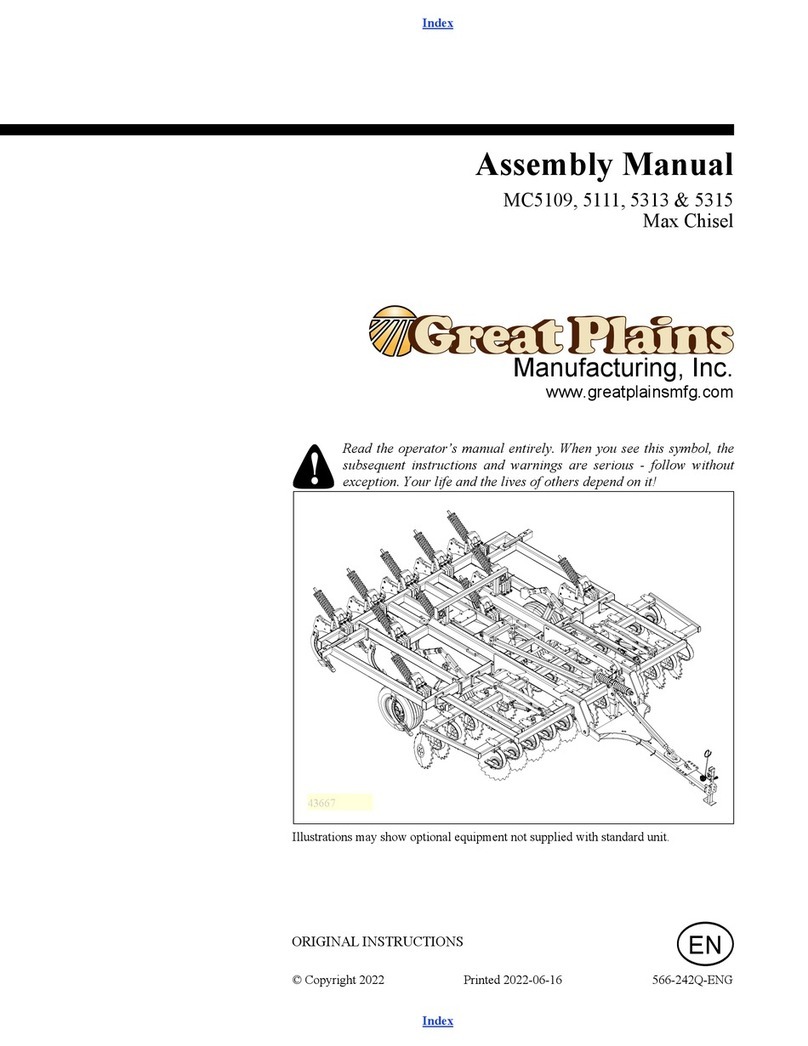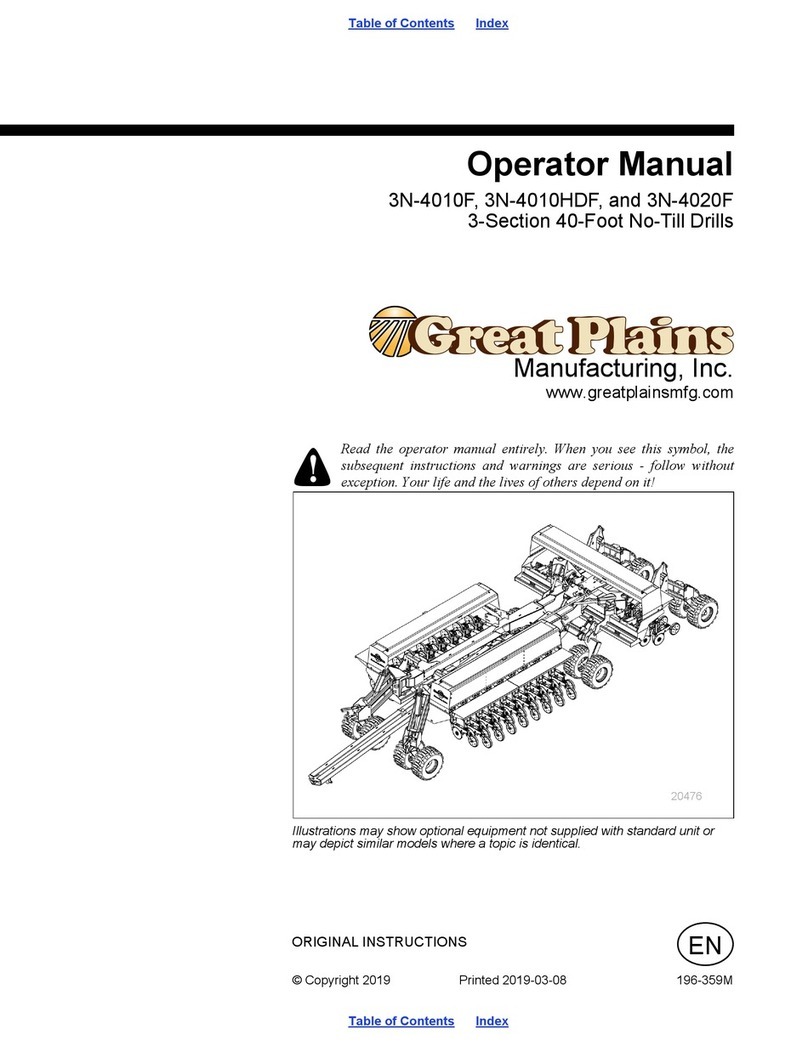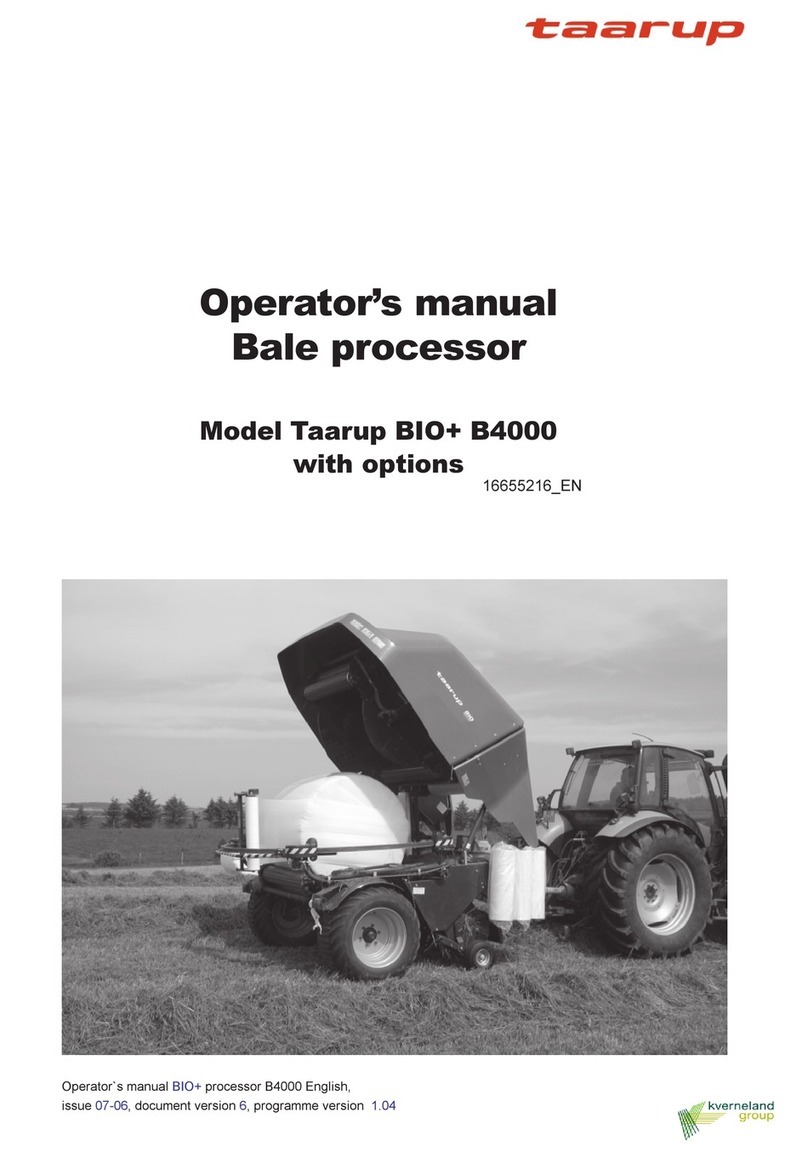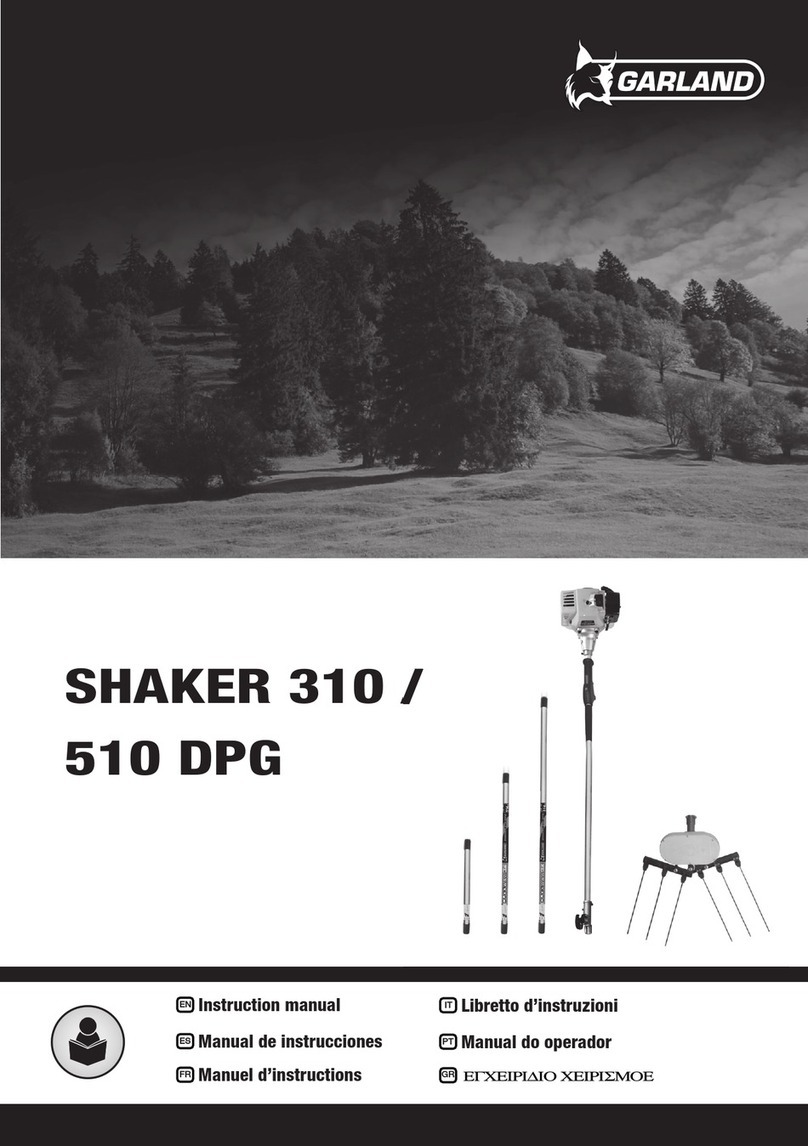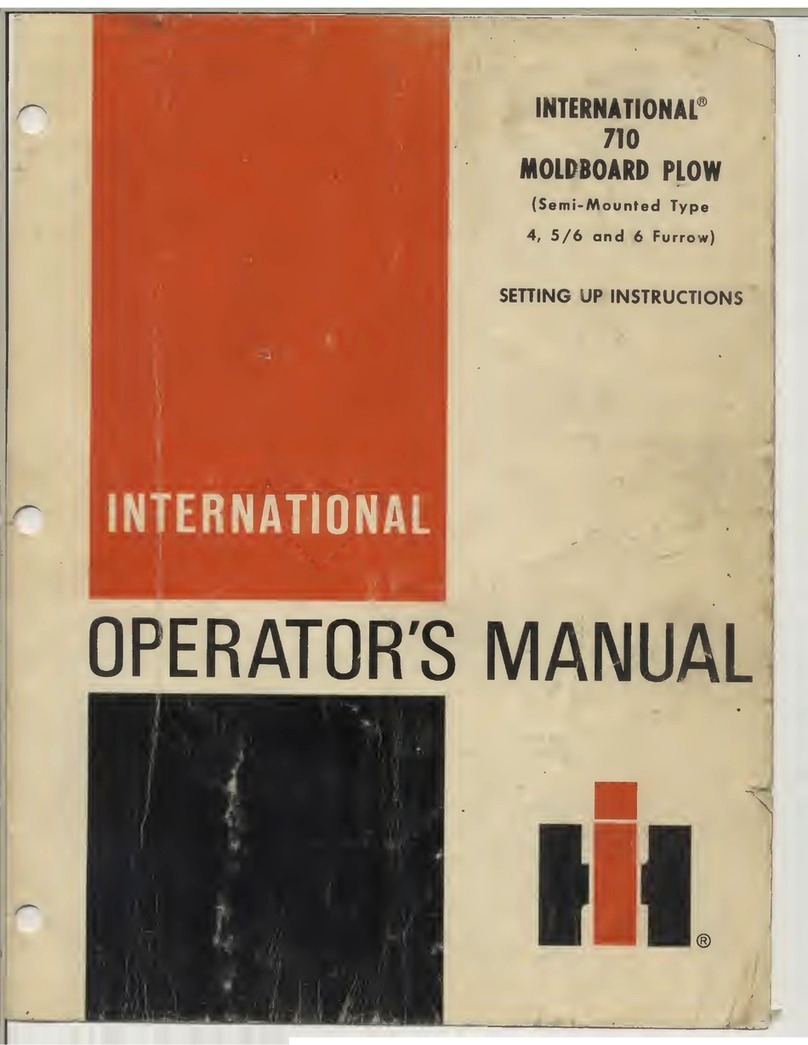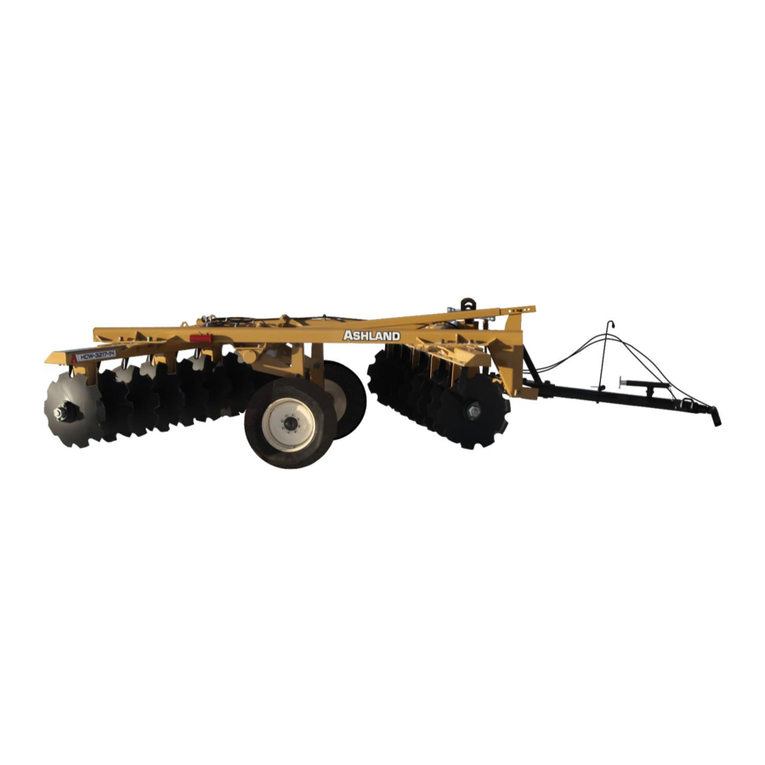GREAT PLAINS 3P1006NT User manual
Other GREAT PLAINS Farm Equipment manuals

GREAT PLAINS
GREAT PLAINS Turbo Max 1800TM User manual
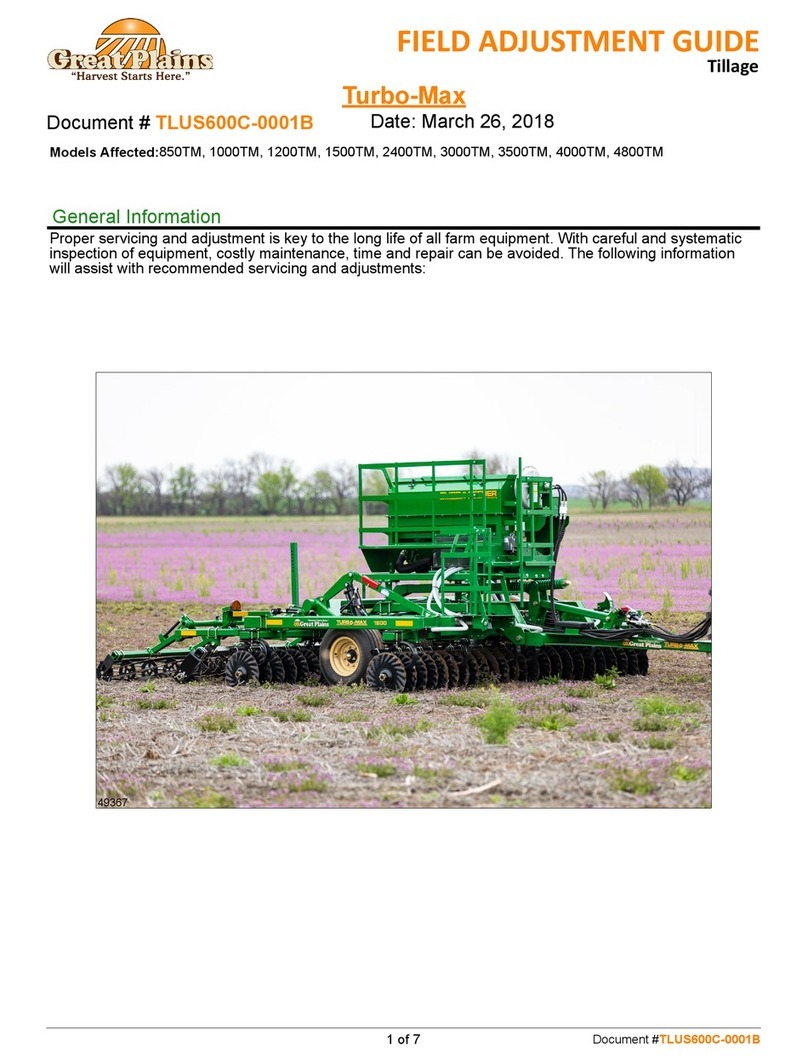
GREAT PLAINS
GREAT PLAINS 2400TM Guide
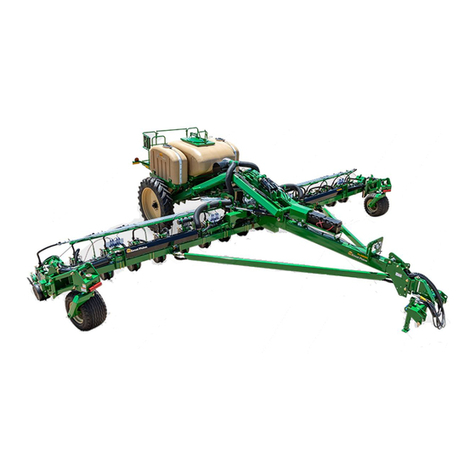
GREAT PLAINS
GREAT PLAINS Yield-Pro PL5800 User manual
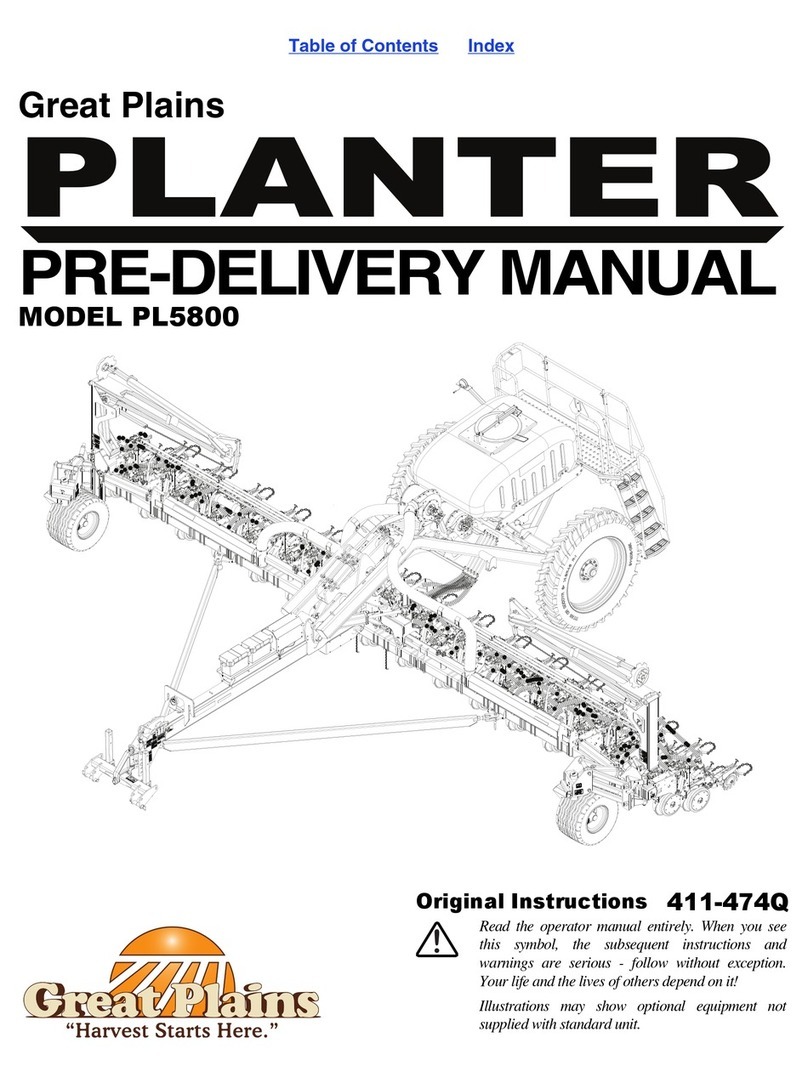
GREAT PLAINS
GREAT PLAINS Yield-Pro PL5800 User manual
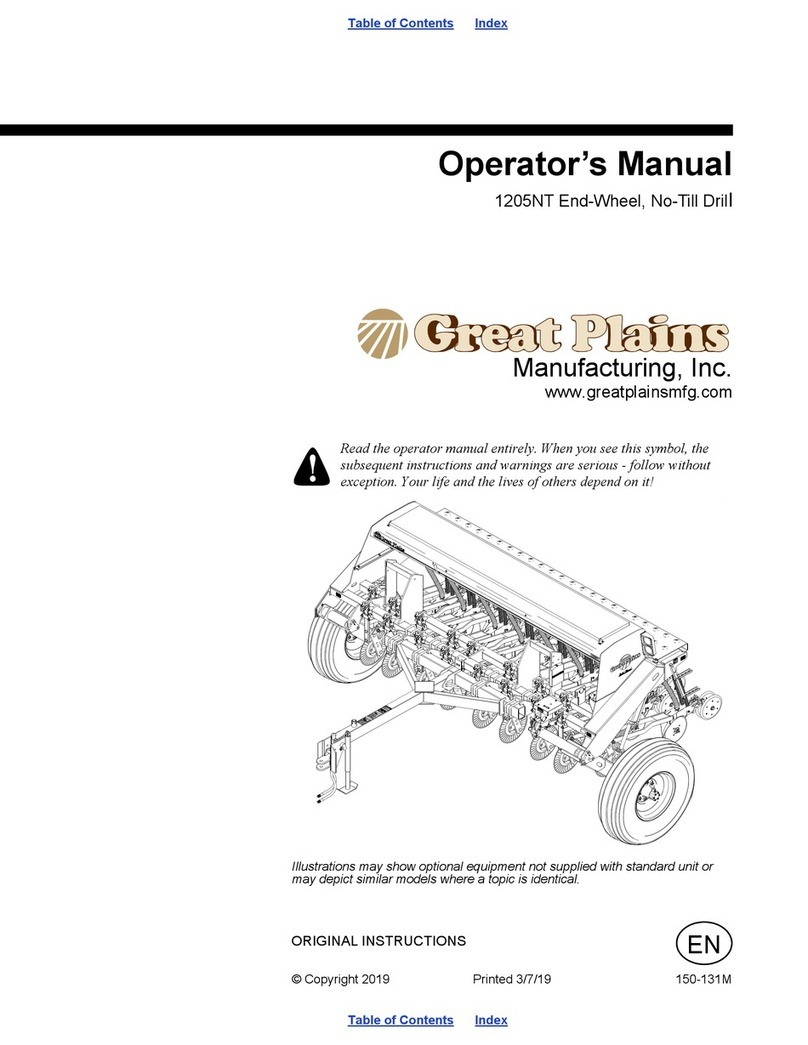
GREAT PLAINS
GREAT PLAINS 1205NT User manual

GREAT PLAINS
GREAT PLAINS 1205NT User manual

GREAT PLAINS
GREAT PLAINS Yield-Pro 3P3025AH User manual
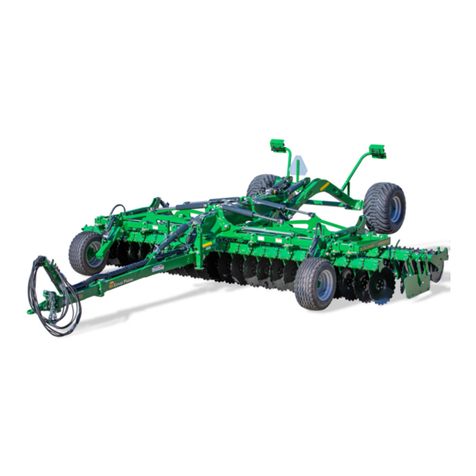
GREAT PLAINS
GREAT PLAINS Qualidisc User manual
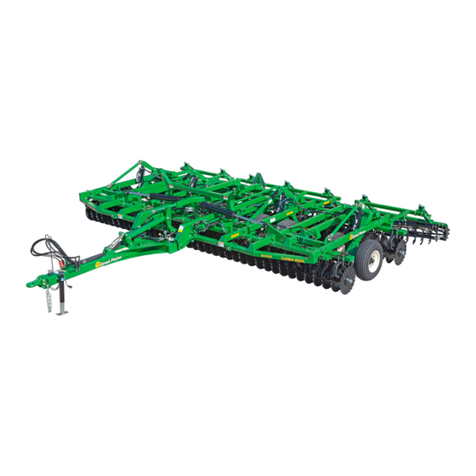
GREAT PLAINS
GREAT PLAINS Turbo Max 1200TM User manual
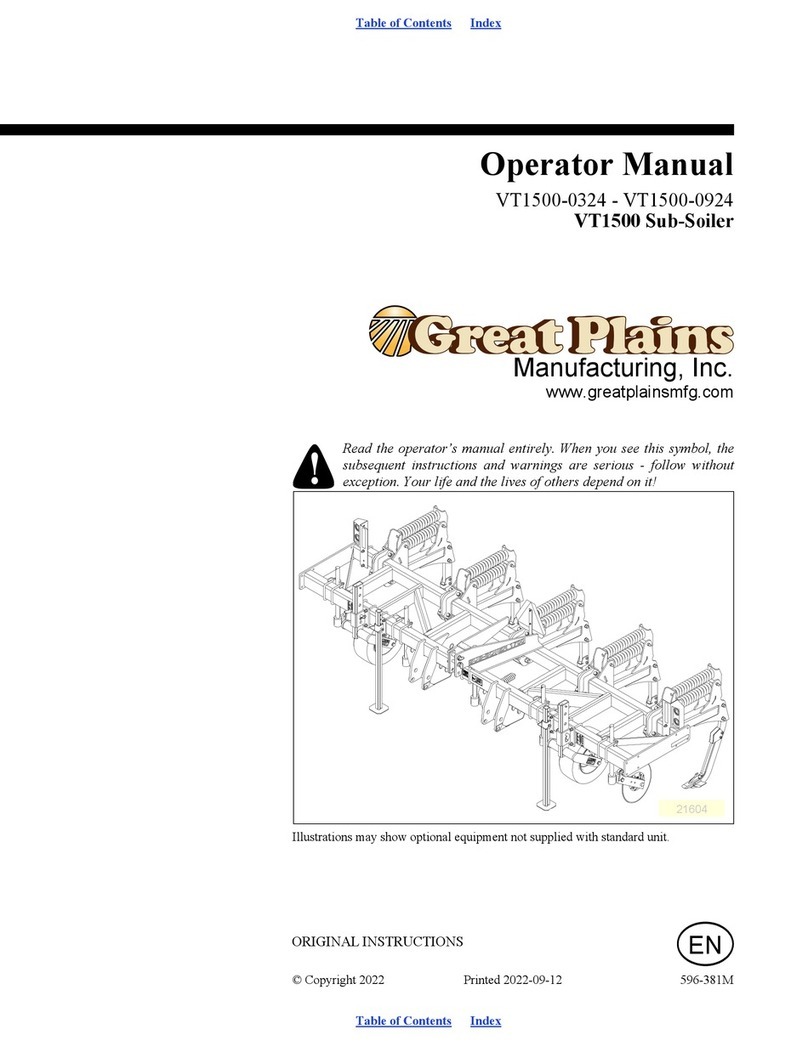
GREAT PLAINS
GREAT PLAINS VT1500 Series User manual
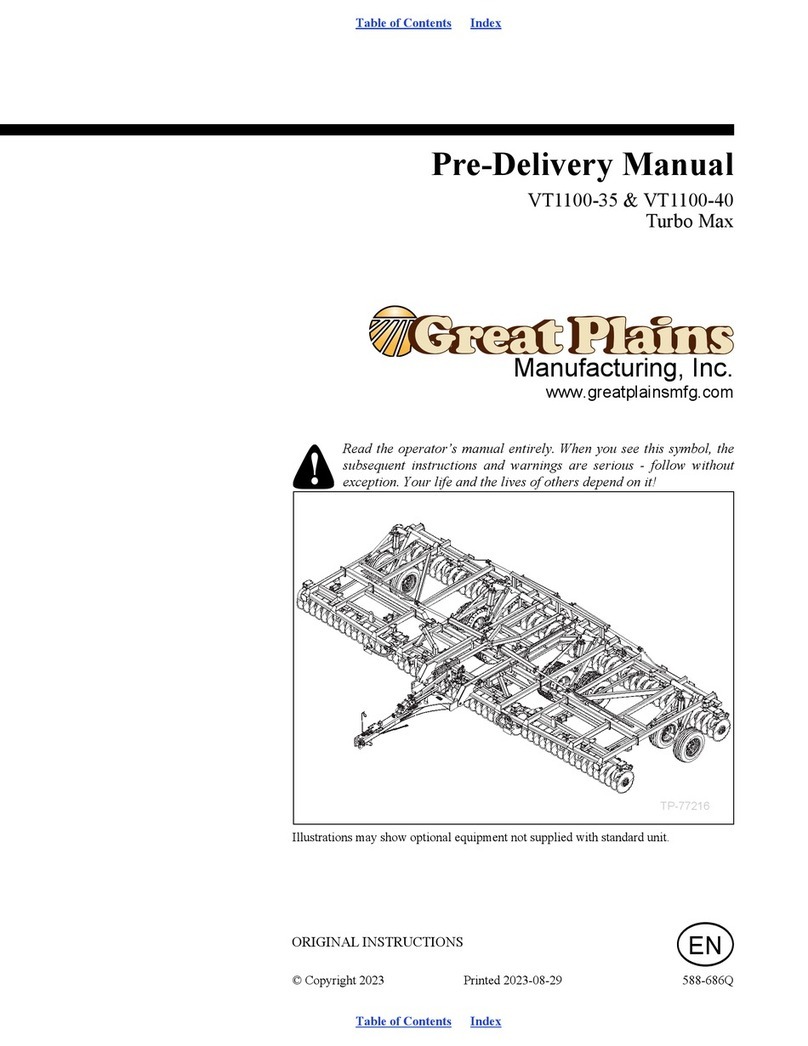
GREAT PLAINS
GREAT PLAINS VT1100-35 Turbo Max User manual
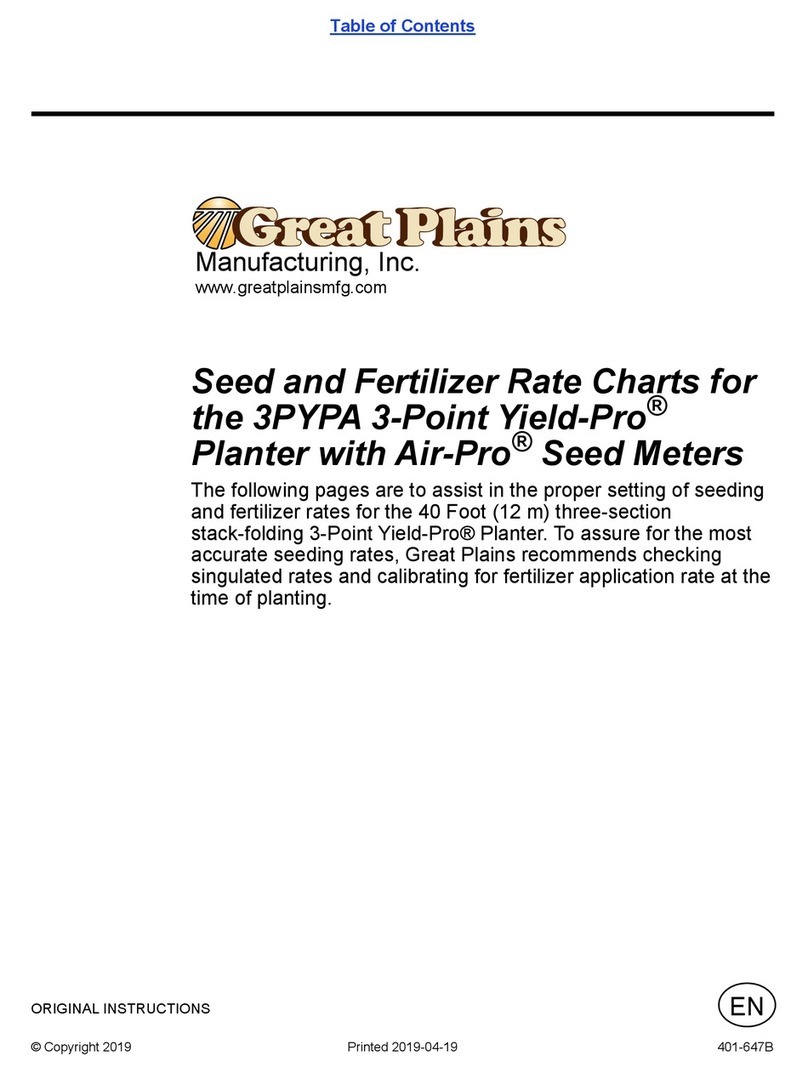
GREAT PLAINS
GREAT PLAINS Yield-Pro 3PYPA User manual
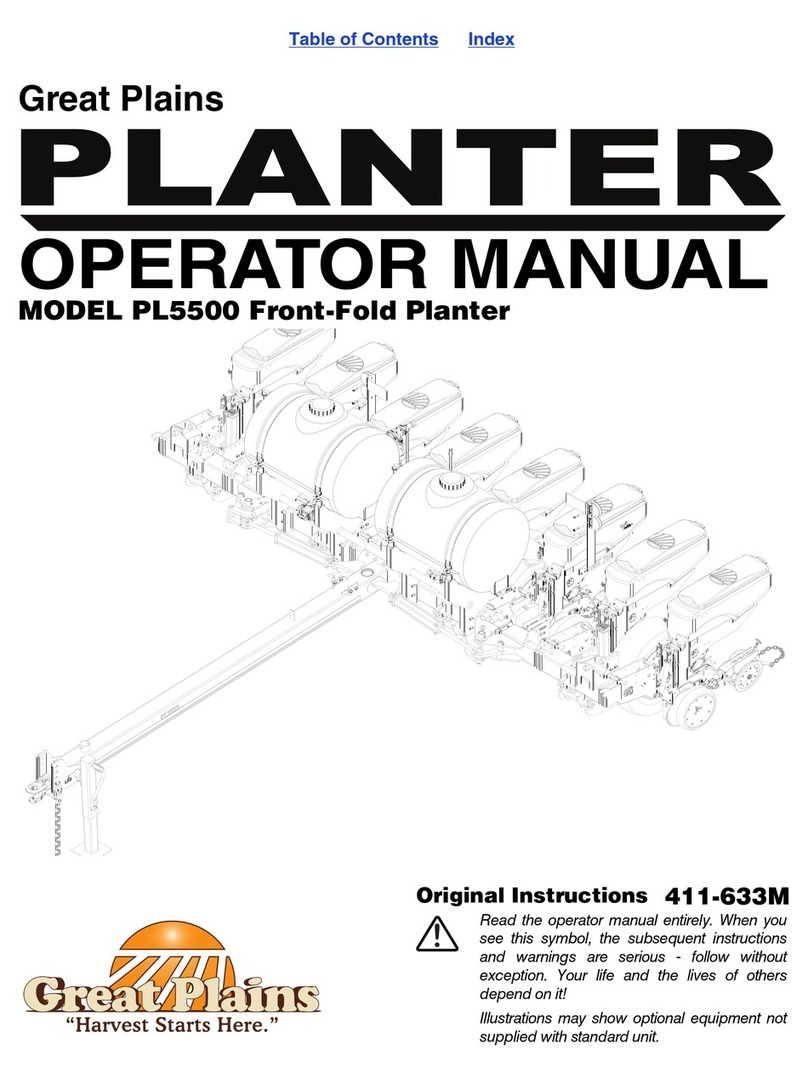
GREAT PLAINS
GREAT PLAINS PL5500 User manual
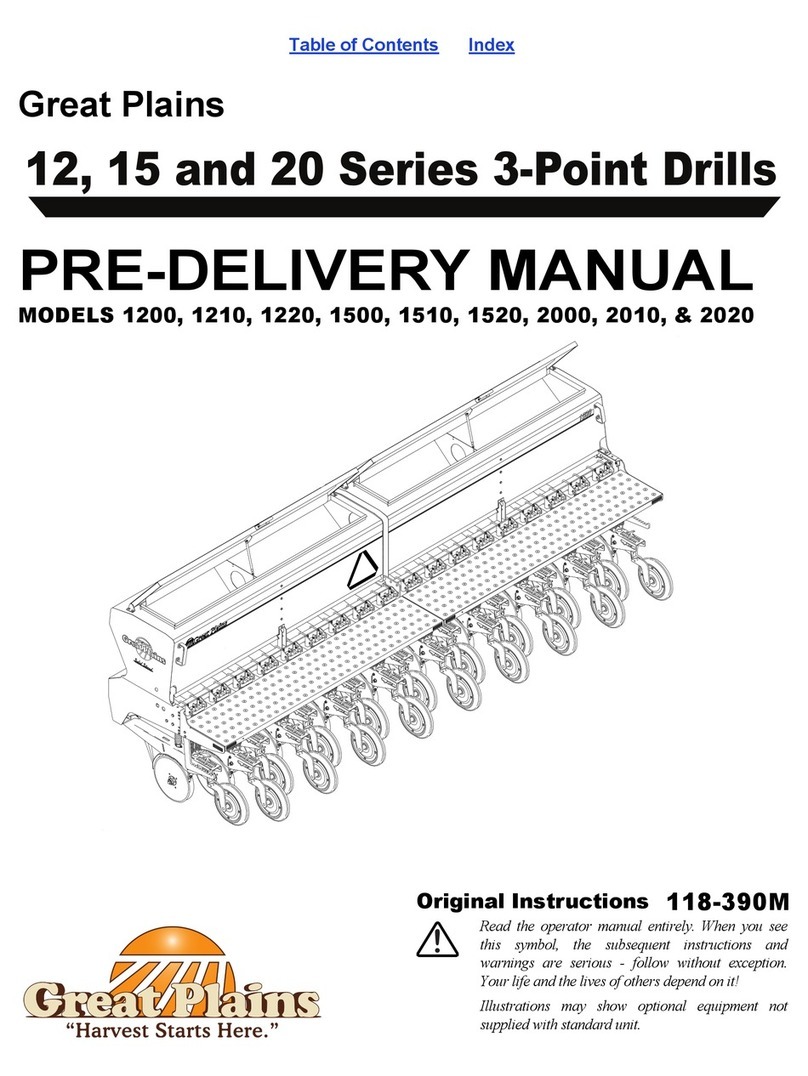
GREAT PLAINS
GREAT PLAINS 1200 User manual
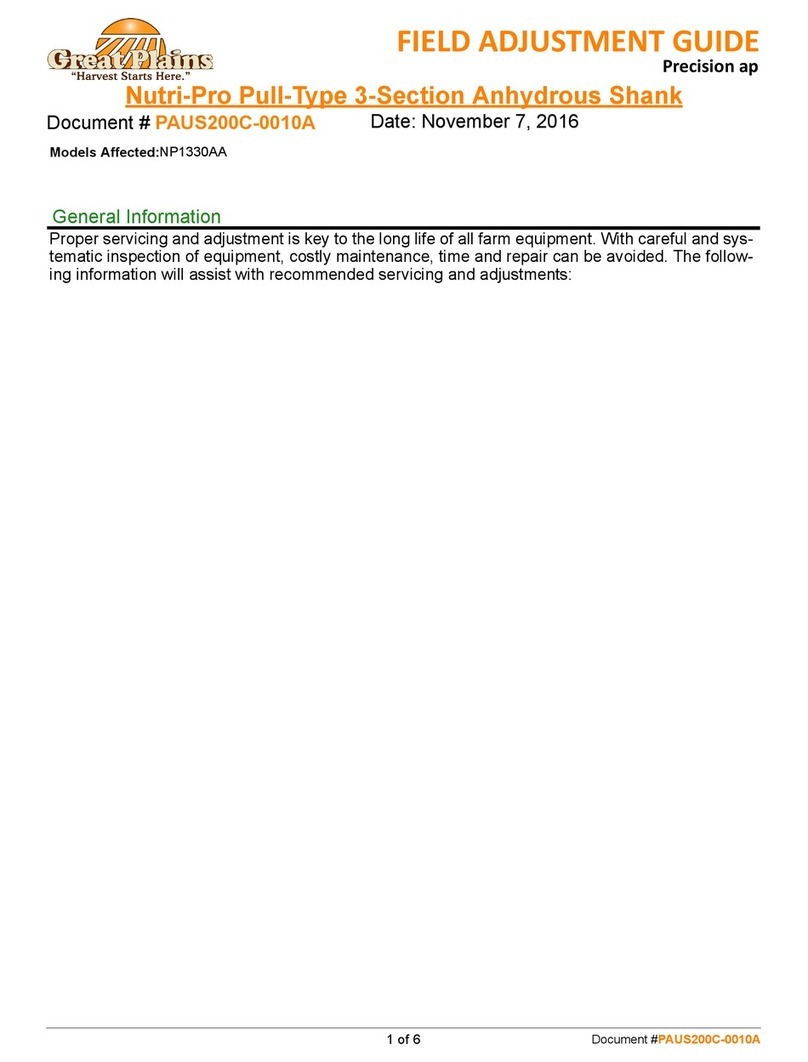
GREAT PLAINS
GREAT PLAINS Nutri-Pro NP1330AA Guide

GREAT PLAINS
GREAT PLAINS Nutri-Pro NP3000 User manual
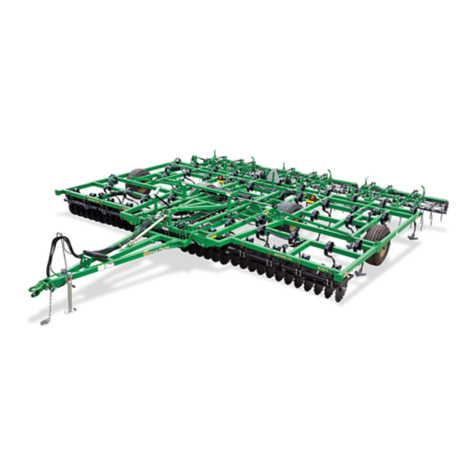
GREAT PLAINS
GREAT PLAINS 8323 User manual
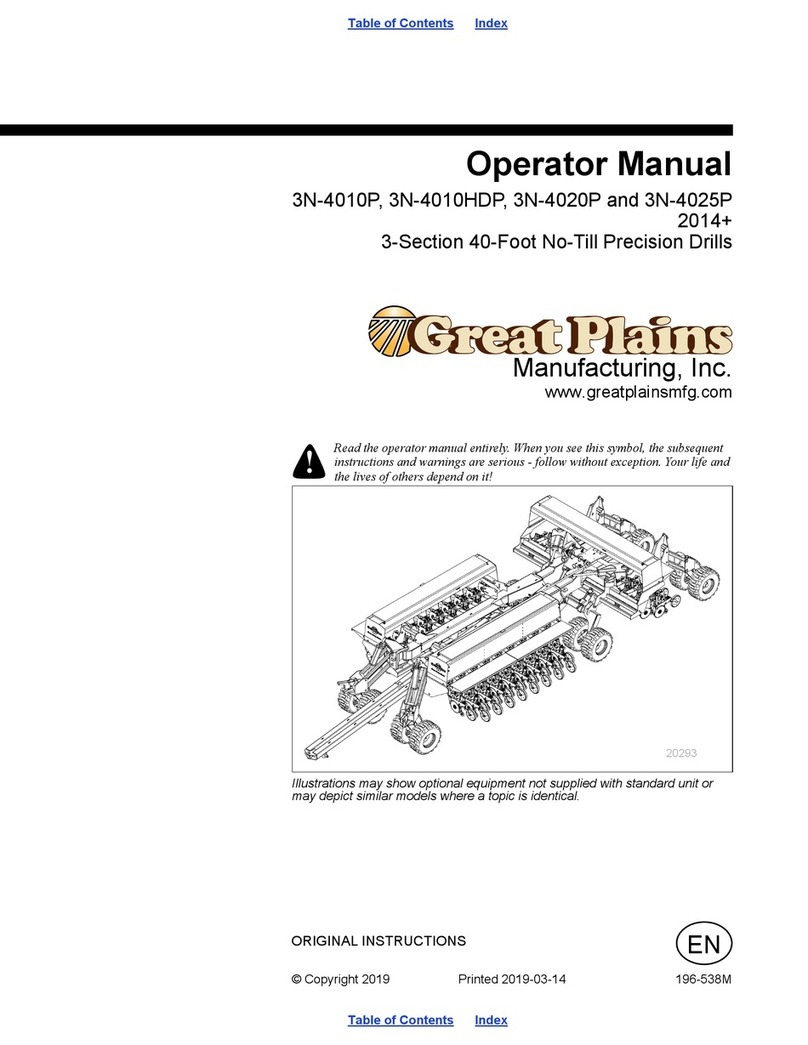
GREAT PLAINS
GREAT PLAINS 3N-4010P User manual
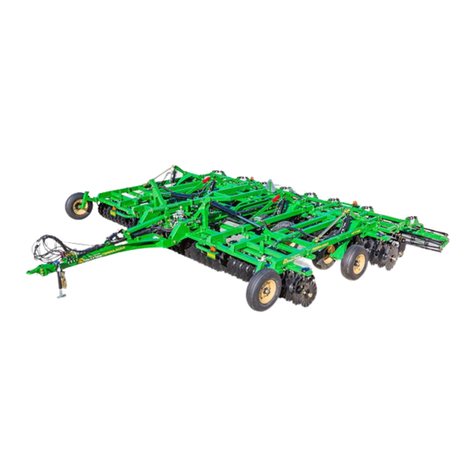
GREAT PLAINS
GREAT PLAINS Terra Max HT1100-20 User manual
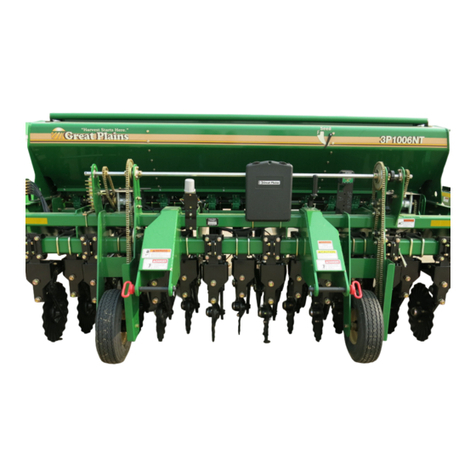
GREAT PLAINS
GREAT PLAINS 3P1006NT Guide

